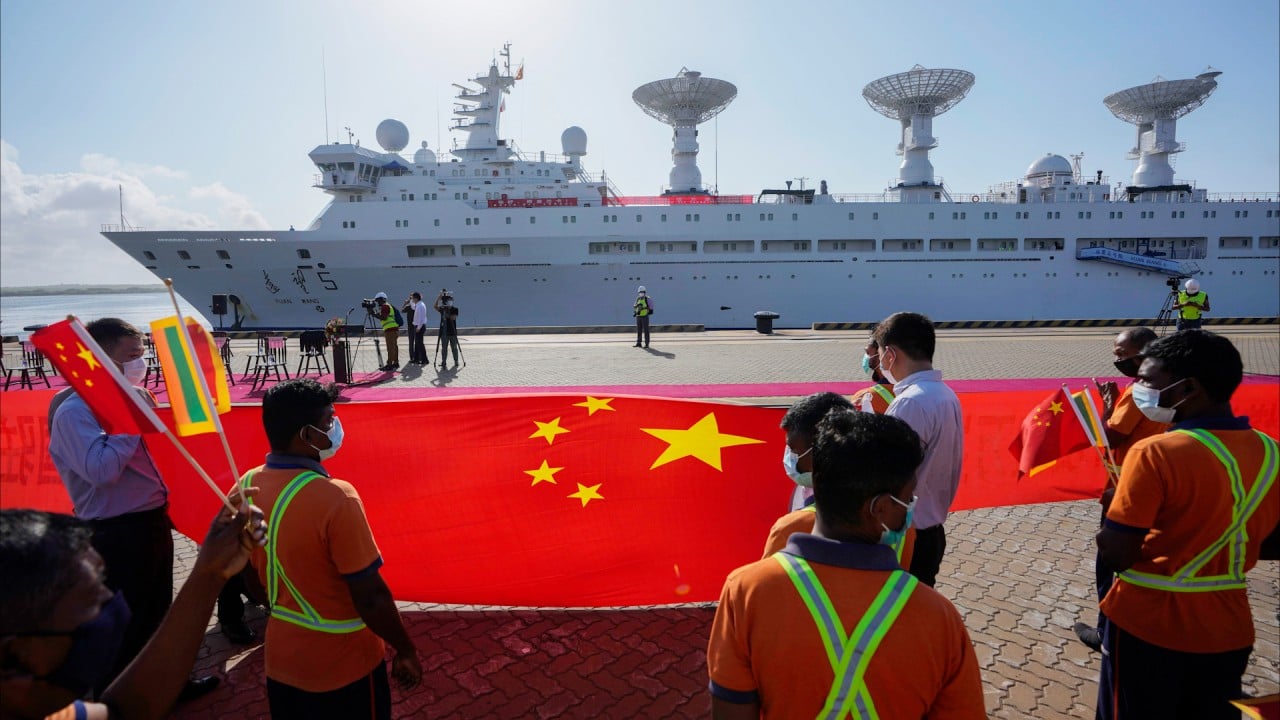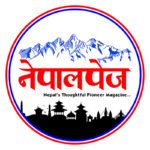
This year marks the 10th anniversary of the Belt and Road Initiative, and this month China will host the third Belt and Road Forum for International Cooperation. China has provided investment to countries worldwide in the past decade and tried to create a new platform for development and economic growth.
According to the Foreign Ministry, the initiative encompasses more than three-quarters of the world’s nations, has generated nearly US$1 trillion in investment and created more than 420,000 jobs. Representatives from more than 110 countries are expected to be in attendance.
Although there will be much fanfare surrounding the forum, people expect it to have a different atmosphere compared to the second forum held in 2019. Back then, the joint communique stressed multilateralism and enhancing cooperation on foreign direct investment and joint ventures.
There was also a focus on sustainable development and promoting green development. UN Secretary General Antonio Guterres emphasised these ideas, and said more must be done to achieve the 2030 Sustainable Development Goals. Additionally, President Xi Jinping spoke of a desire for countries to break bottlenecks and integrate better into global supply chains.
Since then, the situation has changed for both the developing world and China. The Covid-19 pandemic sent shock waves through the global economy, with the recovery period more difficult for developing countries.
China’s domestic economy is also facing headwinds, and its recovery is a matter of contention for many experts. Consequently, belt and Road investments are dropping and China’s slowing growth, youth unemployment, and a struggling real estate sector have led to fewer loans available for developing countries.

China’s Belt and Road, 10 years on
For example, when looking at the initiative’s projects on the African continent, there has been a drop in the number and value of loans. From the pre-pandemic years of 2017-2019 to the post-pandemic period of 2020-2022, loan averages fell by 37 percent from US$213.03 million to US$135.15 million, according to Boston University’s Global Development Policy Centre. In terms of loans, the number has fallen from 184 to 32 in the post-pandemic era.
Furthermore, since the second forum, the West has stepped up its competition with China’s showcase initiative. Fu Cong, China’s ambassador to the European Union, has tried to assuage Western concerns by saying, “China never imposes any project on any country. It’s always the country that comes up with the project, and China comes up with the assistance.”
He insisted the initiative is not an attempt to undermine the West. However, these attempts to sway the West have come too late. Already, Italy – the only member of the Group of 7 nations to join – has signalled its intent to leave. Moreover, the West has stepped up efforts to provide development alternatives through initiatives such as the US’ Build Back Better World and Europe’s Global Gateway.
There are also plans to construct an India -Middle East-Europe Economic Corridor. This project is a partnership between the United States, India, Saudi Arabia, the United Arab Emirates, France, Germany, Italy, and the European Union. It will connect Europe, the Middle East, and Asia through ports and railways and facilitate the construction of other projects along the corridor.
China will undoubtedly avoid discussing contentious issues related to its domestic economy or the Belt and Road Initiative at this year’s forum. Instead, it will boast of successful projects, including the US$7.3 billion bullet train project in Indonesia that connects Jakarta to Bandung.
‘Fantasy’: doubt cast over US-led infrastructure project given track record
There is also the December 2021 opening in Laos of a US$6 billion China-built railway running from the capital Vientiane to Kunming in Yunnan province. Other countries such as Thailand and Vietnam are also working with China on railway construction, and China is building Myanmar’s Kyaukphyu deep-sea port. Meanwhile, China and East Timor have indicated they will cooperate on a plan to jointly promote the Belt and Road Initiative.
While the forum might not make it blatantly clear, China’s objectives for its initiative are changing. It has become more selective in the projects it pursues and will now focus on more geopolitically important countries, particularly in the Indo-Pacific region.
The phrase “ small is beautiful” has emerged with regard to new Chinese investment, implying that Beijing will focus on smaller, more targeted projects. Many are likely to be in the transport sector, which accounts for 33 percent of committed finance since 2018.
Late last month, Beijing released a white paper titled “A Global Community of Shared Future: China’s Proposals and Actions”. This document provides insight into potential topics of the upcoming summit, which could include the Piraeus port in Greece, green development, railway projects in Southeast Asia, and the Angren-Pap railway line in Uzbekistan. The third forum is likely to be used to maximise “synergy for advancing high-quality Belt and Road cooperation” and stress increasing connectivity between the six corridors of the initiative.
Developing nations are most likely to bear the brunt of China’s shift in strategy. According to the United Nations Conference on Trade and Development, there is a widening annual investment deficit facing developing countries as they work to achieve the Sustainable Development Goals by 2030.
The gap now stands at US$4 trillion per year. China accounts for about 40 percent of global growth, so even if the Belt and Road Initiative is slowing, the Global South will still do everything in its power to try to win Beijing’s favor.
Nathaniel Schochet is an analyst at CJPA Global Advisors and a graduate student at American University SIS focusing on comparative regional studies in the Indo-Pacific region
source: https://www.scmp.com




COMMENTS